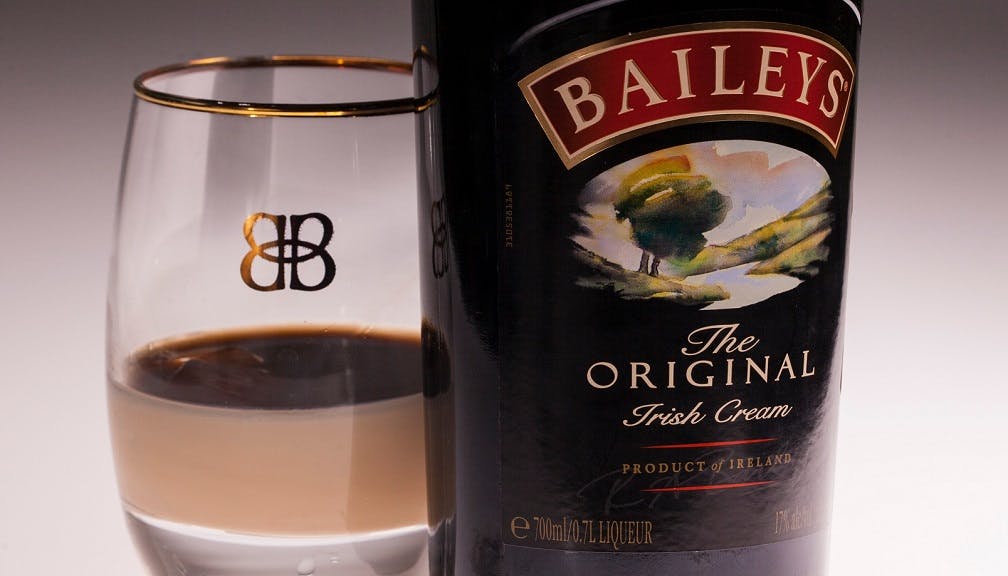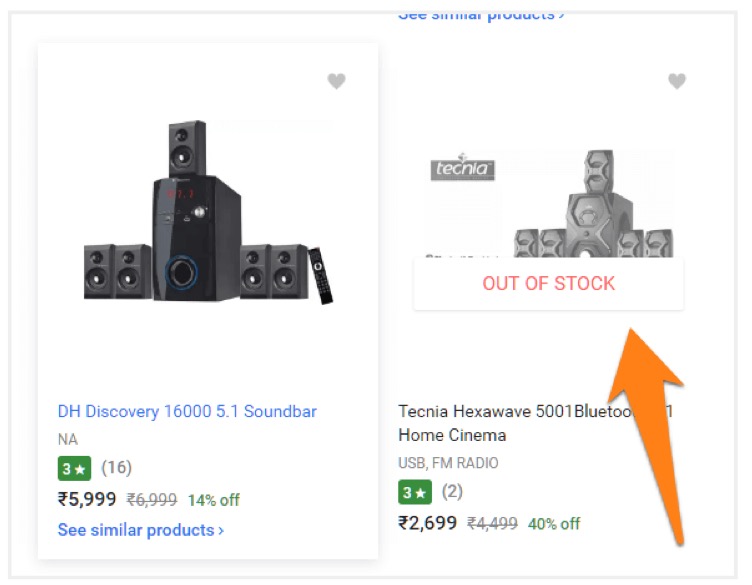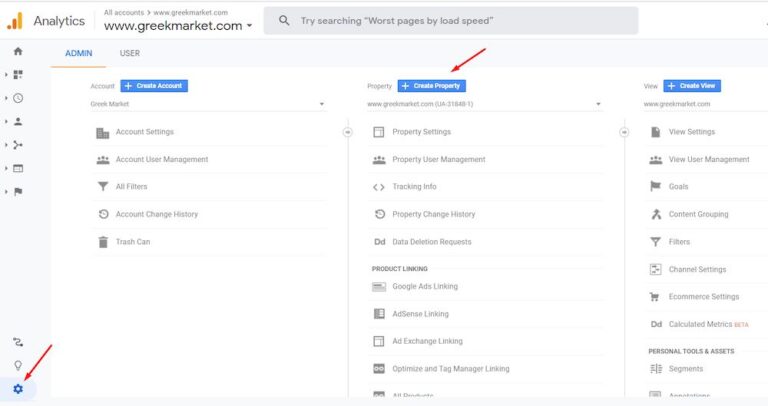
Buss added that companies might also be unaware of inaccuracies that are present about their brand in search, citing an example from early on in Yext’s partnership with Diageo when, during a meeting, the team decided to see what happened when they searched for “How many calories are in a pint of Guinness?” – and discovered that the information that was returned was wrong, and was sourced from a publication rather than Guinness’ own website.
“It’s not just understanding these requests and that intent, but being able to surface content for that pretty much in real-time, and making sure that we own the conversation around that – that we own the universe of Baileys and are best-placed to win the [featured snippet] and get those Google zero-click searches.”
“It’s that understanding of community, and having a setup where we can create that in a really engaging way – where we can have a dialogue, where we can actually adapt by listening to consumer intent, and keep evolving that. That’s where D2C becomes a really powerful proposition – where it becomes a win-win for consumers and for us as Diageo.”
Lickfett pointed to brands like Bloom & Wild and coffee subscription service Pact Coffee as D2C brands that are excelling in the space by combining convenience with category engagement and giving consumers visibility into the supply chain and the origins of what they’re buying.
Adapting to new moments
However, he cautioned that it’s impossible for anyone to be certain how things will evolve, especially given the speed at which change is now taking place. “What you’ve got to do is take educated guesses on the longer term and start experimenting, start running tests – we did a lot of small tests around things like digital menus. This really paid off once those consumer changes kicked in, because we had a foundation, we had some learnings, and we had a starting point to begin to adapt.”
At the same time, the desire for that ‘on-trade’ alcohol experience is still there – but consumers are finding ways to replicate it at home, another trend that Diageo has been keen to track and cater to. “We saw a big pick-up in consumers teaching themselves how to do cocktails – beers, spirits, with food, and creating home experiences that would rival those of the on-trade environment,” said Lickfett. “There’s a lot of interesting changes there, happening really fast. So for us, one of the key things – on top of getting those basics right – was staying close to that.
At the beginning of the session, Yext’s Jon Buss spoke about the gap between consumer expectations of search – in which web search engines can accurately interpret their intent from longer queries, and will typically serve up an answer to their question directly on the search page – and the experience they often receive on brand websites, which largely return keyword-based search results, served up in the form of ‘blue links’ that resemble a search engine results page from 1999.
Yext has been working with brands like Three and Diageo to overhaul their site search experiences, enabling them to serve richer search result types like FAQs or a ‘shopping list’ of ingredients for a Tiramisu cocktail, in the case of a prototype that Yext created for the Baileys website. At the same time, the companies are also able to use search data to gain a greater understanding of consumer intent and what customers are searching for and asking in connection with their brands, and can work to ensure that they have a prominent, consistent and accurate web search presence that will nudge consumers towards engaging with them digitally.
Engaging, entertaining and experimenting in D2C
“Search is getting so much more complex,” agreed Lickfett. “It’s not structured just in keywords. So the ability to stay on top of that and structure your data in a way that allows you to respond to that, I think is what progressive brands need to be doing in order to show up in the right places and surface the right information to the consumer.”
How an enhanced site search experience helped Three navigate the coronavirus pandemic
“Search data definitely plays a big role in understanding the intent of consumers, and how that’s shifting. We’ve also needed to be really agile in the way that we produce the right content, and have the right partnerships in place to create really great digital-only experiences and enable our consumers to have a dialogue with our brands – without doing so in a physical store environment.”
“These are the kinds of things that a good D2C model can really enable … that mix of value-add, community, and transparency. It’s a really exciting space – we have entities like The Bar or Johnnie Walker that sell directly, and it’s a really great journey for us to understand those demands better, respond to consumers, and try out new propositions and new products in that environment, which is very different from the transactional purchase that you might have from one of the big retailer sites.”
“It’s a fascinating area, and obviously a lot of players are investing in that – we see some great brands being built that are D2C,” said Lickfett. “From a Diageo perspective, it has to be a mix, and I think you need to understand D2C as part of your portfolio – retailers and marketplaces also play an incredibly important role.”
He pointed out that the Amazons and the Ocados of the world do a brilliant job of making the online purchasing experience convenient and frictionless, and have a very strong proposition – “so for a player like us, and pretty much every other corporate out there, the question is if you go into D2C, what is that unique value proposition? What is the consumer-facing proposition that really justifies you being there and gives you a right to win customers?
Another overarching trend stemming from the pandemic and the shift to online shopping that it has brought about, as well as the new needs and demands that it has created, is the increase in brands selling direct to consumer (D2C) – including those that might have previously been suppliers to restaurants, bars and pubs. Buss asked Lickfett what D2C means to him, and what part the channel has to play in Diageo’s strategy going forward.
Owning and enriching search
This was particularly true for beverage company Diageo, which owns drinks brands like Guinness, Baileys, Smirnoff, Aviation Gin, Captain Morgan and many more. As pubs, bars and restaurants closed due to the lockdown, Diageo’s on-premises trade (the sales it makes through venues like these), which comprises 60% of its sales, shifted entirely towards takeaway and ecommerce.
“For us … it wasn’t something where we had to pivot massively, because we were already operating in ecommerce; but in the first instance, we had to ensure availability and that we had the right products, the right formats,” said Benjamin Lickfett, Global Head of Digital Innovation at Diageo, speaking at the Festival of Marketing: The Bottom Line. “It was about ensuring that we created a great experience, with all the information that consumers needed in all the right ecommerce channels.”
Asked what he believes the future has in store, Lickfett said, “I think good technology that works is going to stick around; ecomm is going to keep these rates because it’s just very convenient for people. If technology makes things more convenient, then it’s definitely going to stick around.”
“If you think about Baileys, for example,” said Lickfett, “it’s a brand that stands for a lot of things and has passion points around baking, cooking, gifting, treating yourself – there’s a whole brand world around it, and it’s very unique and has a lot of recognition. So, for us, [by using search data] we can not only stay on top of how consumers interact with the brand, but what they want to know about it, which might be anything from how many calories are in a Baileys to ‘How do I do a recipe using these types of ingredients with Baileys?’
For brands who primarily sold to or interacted with customers via a physical venue, the Covid-19 pandemic and the lockdown that it brought prompted an abrupt shift towards finding ways to interact with customers in the digital realm instead.
“Of course every corporate and every brand would like to know more about the consumer and have that relationship,” he added. “But it’s a two-way street – you need to be able to offer something that’s really unique.” For Diageo, that proposition is its “world-class portfolio of brands”, and an understanding that consumers are often not just looking for a transaction when they buy online, but are looking to engage in the product category, to learn and even to be entertained. “We’re brilliantly-placed to answer some of these things, and to create these experiences in a D2C channel,” said Lickfett.
The way that people consume alcohol during the pandemic has changed significantly – not just because the venues they would normally buy drinks in have closed, but also because the types of milestones and events when people might want to have a drink are now being experienced in a different way.
“If you think about our brands, a lot of them are about connecting people, about celebrating – but a lot of these occasions have changed completely because consumers socialise very differently [due to the pandemic],” Lickfett observed. “It’s about smaller occasions – those ‘wind-down’ moments of connecting with your family, your partner – we see people having virtual drinks, which is a very different occasion.”
Lickfett spoke to Jon Buss, Managing Director EMEA at Yext, about how Diageo has adapted its approach to digital interaction during the pandemic to cater to new consumer behaviours and buying habits, and how, working with Yext, it is using search to learn about customer intent and better “own the conversation” around its brands.






![The Amazon Seller Fulfilled Prime Guide [How Will 2021 Changes Impact Sellers?]](https://research-institute.org/wp-content/uploads/2021/04/what-to-know-before-you-sell-your-small-business-768x432.png)